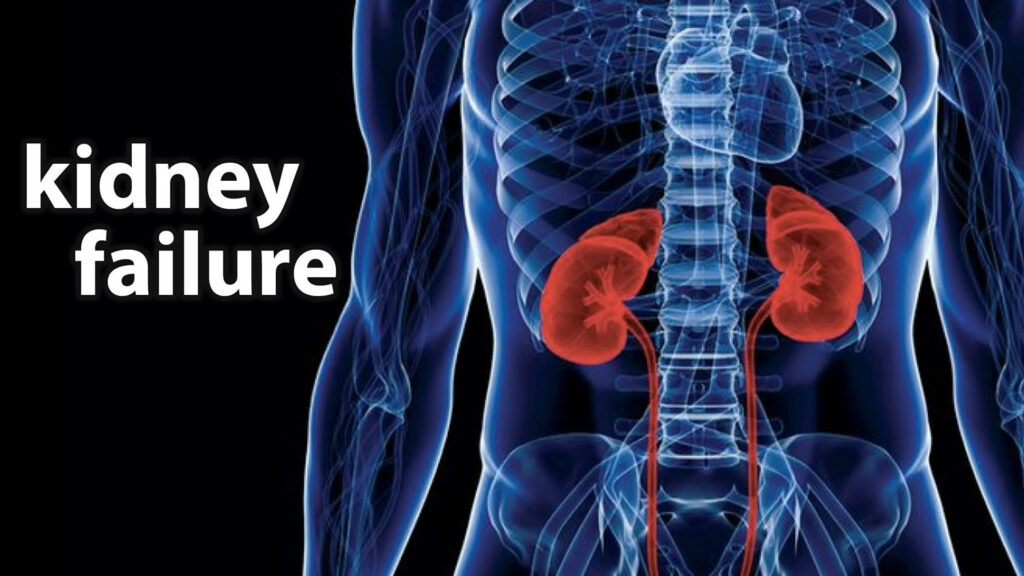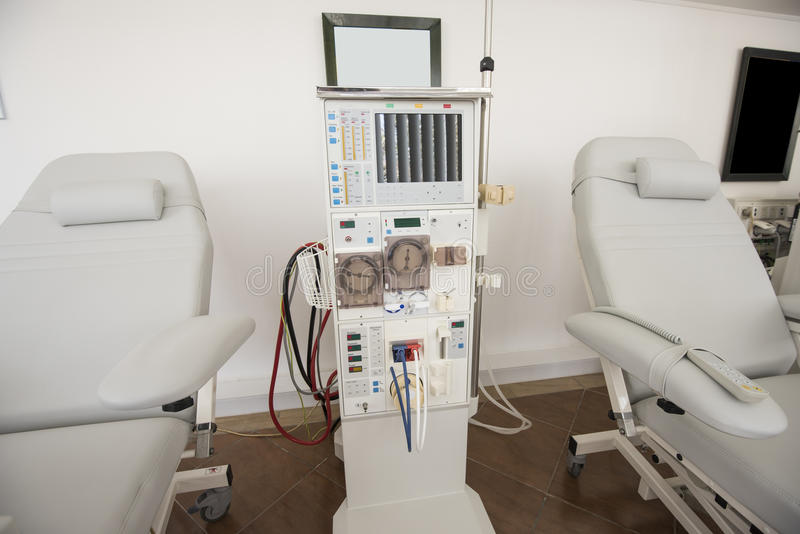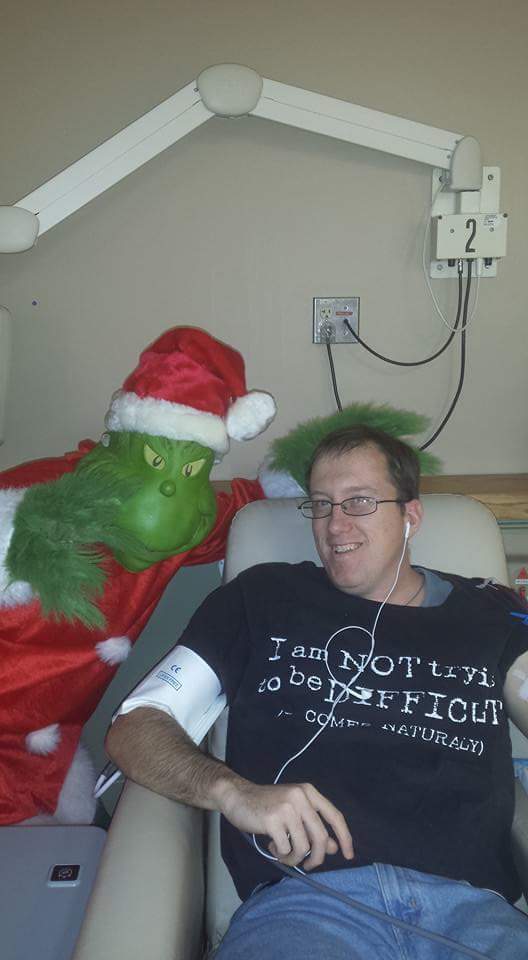
This article explains some treatments for kidney failure, but I am just a kidney failure patient, and this is not a medical site. It is advised you talked to family, medical staff, and doctors before making any decision about your treatment for yourself or your loved ones.
Kidney Failure
The reason for dialysis is because of kidney failure. Kidney failure is a severe failure of the kidney to function properly. I have polycystic kidney disease, which is the reason for my kidney failure and the reason I had to do the treatment. The cause of kidney failure is commonly caused by high blood pressure and diabetes. But there are many more things such as injuries, diseases (polycystic kidney disease is one), and other disorders.
Treatments
There are two main types of treatment for kidney failure hemodialysis & peritoneal dialysis. I was on hemodialysis.
What are the definitions of hemodialysis and peritoneal dialysis?
Hemodialysis

Hemodialysis is where an artificial kidney removes waste and fluids from your body but uses a special filter to clean out minerals like sodium, phosphorus, potassium, and extra fluid. The machine they use is called a dialyzer or artificial kidney. This can be done at your traditional dialysis centers or even at home with the right equipment and training.
To do hemodialysis, a person needs a fistula, graft, or catheter. Catheters can be added and used almost instantly. The fistula is a connection between an artery and vein to create an access point for the dialysis machine. Fistulas have a lifespan of many years to function correctly. Grafts is connecting arteries and vein-like fistulas by using tubing. They commonly last 2 to 3 years long.
There are three types of hemodialysis you can do. The first is conventional dialysis, done 3 times a week for around 4 hours. The next is daily dialysis, which is done for 2 hours, 6 days a week, and the last is nocturnal dialysis, which is done at night while you sleep. It can be done 3 to 6 times a week for around 6 to 10 hours each.
The side effects of hemodialysis are
1. Low blood pressure
2. Itching
3. Sleep problems
4. Anemia
5. High blood pressure
6. Fluid overload = weight gain and bloating
7. Possibility of bone diseases
The catch to these side effects is that most can be prevented with a proper diet, exercise, and controlling of fluid intake but talk to your doctor for information on what specifically works for you.
Peritoneal dialysis

The second is peritoneal dialysis, which can be done at home, on trips, and at work. The reason why this treatment is so flexible compared to the others is that peritoneal dialysis is done inside your body, not outside your body like hemodialysis. The inside or lining (peritoneum) of your abdomen (your belly), using a soft tubing called a PD catheter and then a cleansing solution, which is added into your belly, cleans up your bloodstream with the waste and extra fluids.
I have a relative who is using peritoneal dialysis and is on a road trip across the United States right now. It is a working treatment, but I warn people to be cautious. While doing peritoneal dialysis you also have to make sure the material and equipment you use are clean and used correctly because of the possibility of infections and other problems
. Note that this is similar to what dialysis techs at the dialysis center do, but the dialysis tech procedure is more complicated, and experience and education are needed for them to work their position. Peritoneal dialysis is a simpler procedure, more for the average person.
The most common side effects of peritoneal dialysis are:
1. Peritonitis
2. Hernia
3. Blood sugar changes
4. Potassium imbalance
5. Weight gain
Summary
There are multiple types of treatments for kidney failure. And with those treatments, even with kidney failure, make it so you still can-do treatment and like me, even with polycystic kidney disease, you can still live a peaceful life.

